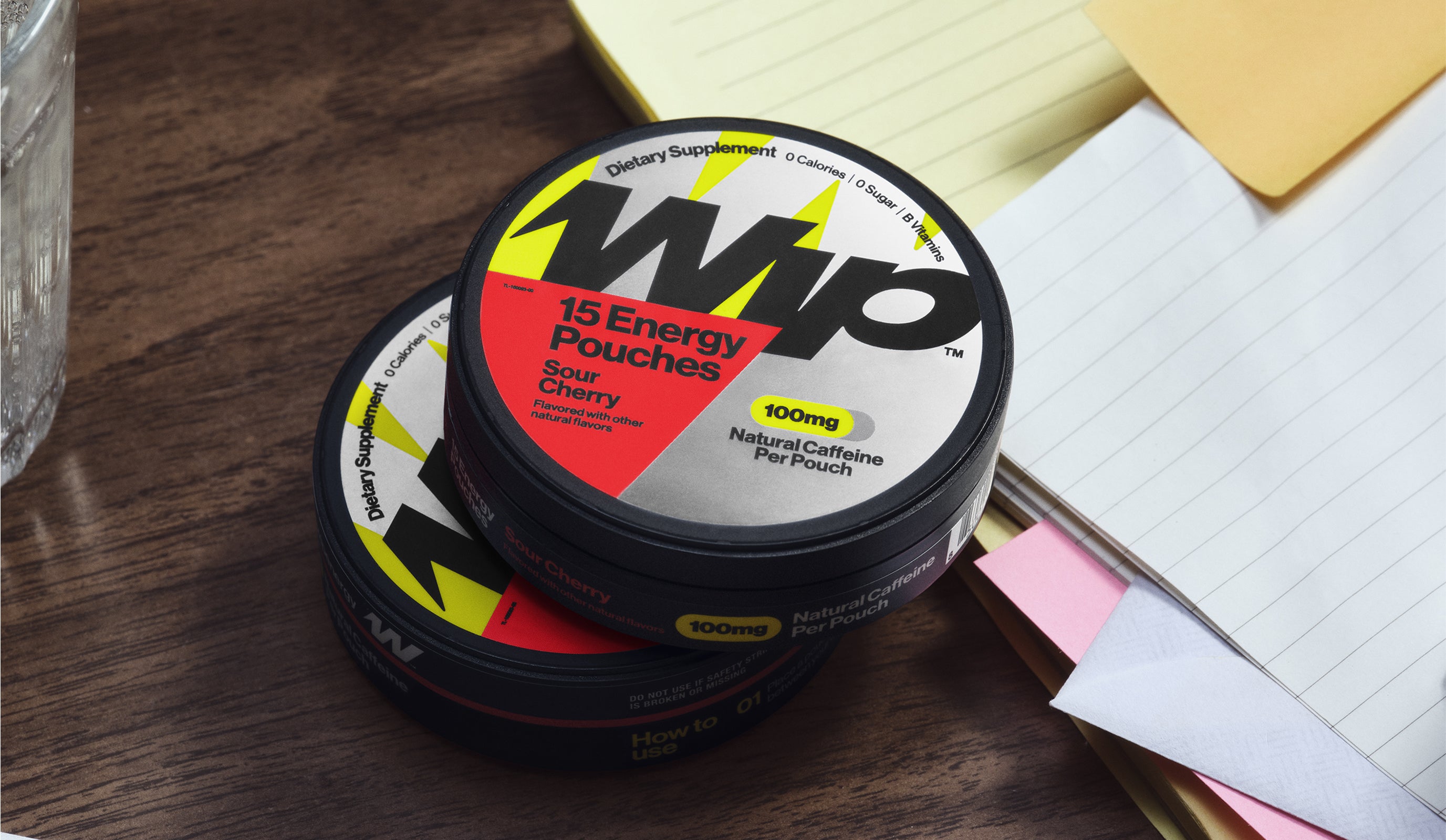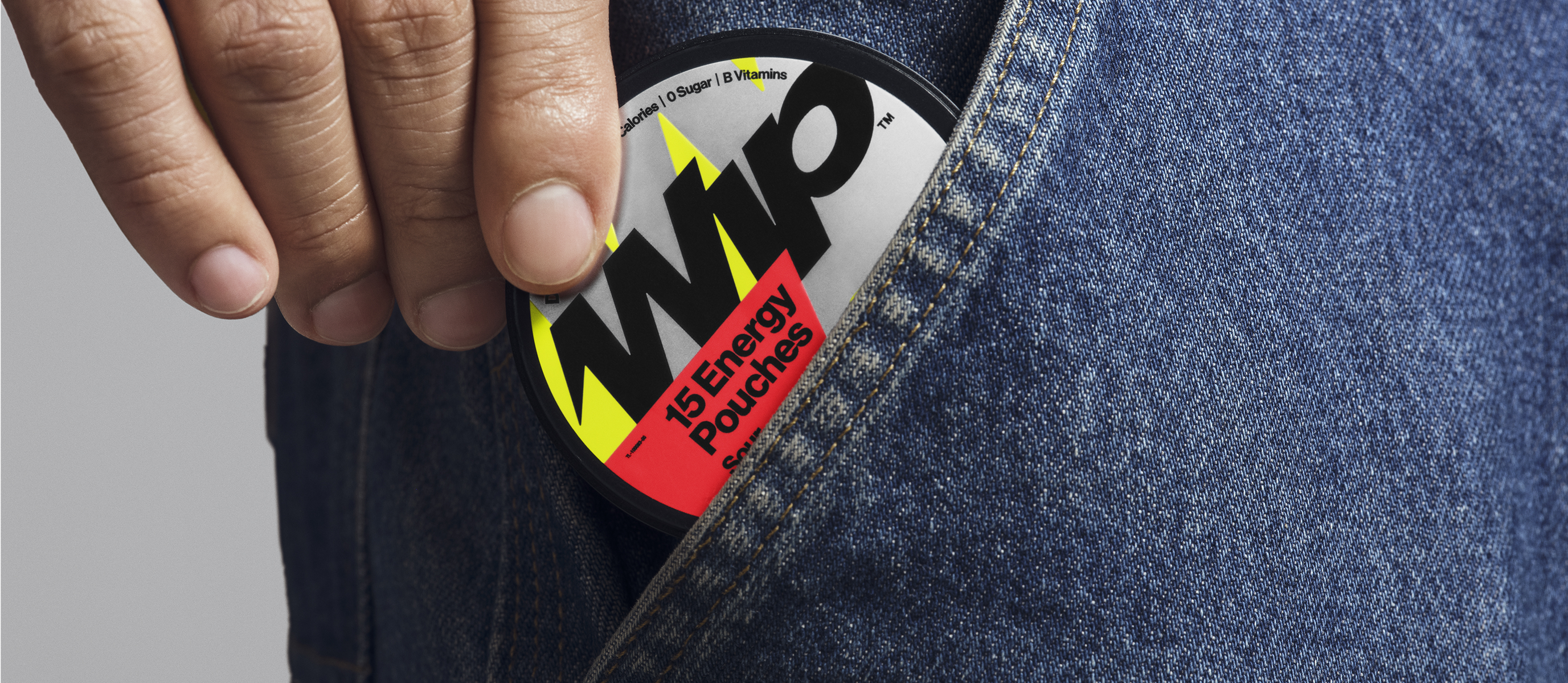RESPONSIBLE CAFFEINE.
At Wip, we believe that energy should work for you – not against you.
Our pouches contain natural caffeine plus vitamins and minerals and are designed to support physical and mental performance† when you need it most. But with great energy comes great responsibility. Knowing where caffeine is found and how much is okay to consume matters—for your performance, your focus, and your health.
This page breaks down some basics on caffeine, responsible usage, and how to make Wip part of a balanced, active lifestyle. No hype. Just facts.
Because powering your pursuit means doing it the right way.
Note: This information is not intended to replace the advice of a medical professional.

Caffeine benefits

Potential drawbacks
Consuming too much caffeine can:
- Cause jitters or rapid heart rate
- Increase anxiety and nervousness
- Lead to sleep problems
- Cause digestive problems or dehydration4
Consuming excessive amounts can lead to caffeine toxicity. It’s important to seek medical help right away if you think you’re experiencing caffeine toxicity. Examples of symptoms could include trouble breathing, nausea or vomiting, rapid heartbeat, or confusion.
4 www.fda.gov/consumers/consumer-updates/spilling-beans-how-much-caffeine-too-much
Consumption guidelines for different populations
Adults
Children
Pregnant or nursing women
Other
Caffeine 101
Caffeine is a compound found in the nuts, leaves, and seeds of over 60 plants, including coffee beans, tea leaves, and cacao pods. Caffeine can also be produced synthetically and added to foods and beverages like energy and pharmaceuticals.
It has been used widely for thousands of years for its stimulating effects and remains the most widely used stimulant across the globe.
It primarily works by blocking adenosine receptors in your brain, which normally let your body know when it’s getting tired or fatigued. Caffeine can also stimulate the central nervous system, which can lead to increased alertness, focus, and energy1.
Caffeine metabolism (meaning how the body processes caffeine) can be affected by a number of factors including body weight, genetics, smoking, and certain medications like oral contraceptives1.
For most adults, caffeine reaches peak absorption around 45 minutes after consumption, however that time can vary anywhere from 15-120 minutes based on a number of factors1.
Caffeine has an average half-life of 5 hours (in other words, the time it takes for your body to reduce the amount of caffeine in your system by half). This is why it’s advised to avoid caffeine close to bedtime so it doesn’t interfere with sleep1.
Caffeine can be found naturally in foods and beverages like tea, coffee, and chocolate. It can also be added to products like soft drinks, energy drinks, energy pouches, and pharmaceuticals.
Wip pouches contain natural caffeine from green coffee beans and are available 100mg and 200mg caffeine strengths.
1 Institute of Medicine (US)
Know your caffeine.
Caffeine affects everyone differently, so it’s important to build a healthy routine that works for you.
- Start with the facts
- Know your caffeine sources
- Be smart about how much and when you consume caffeine

